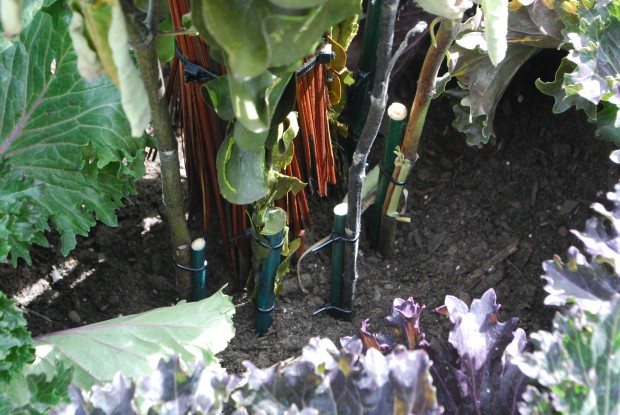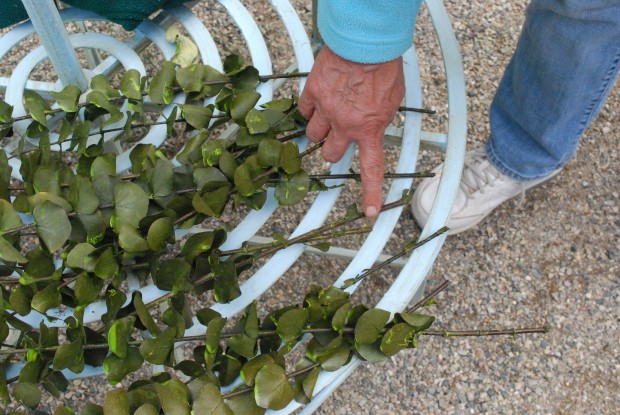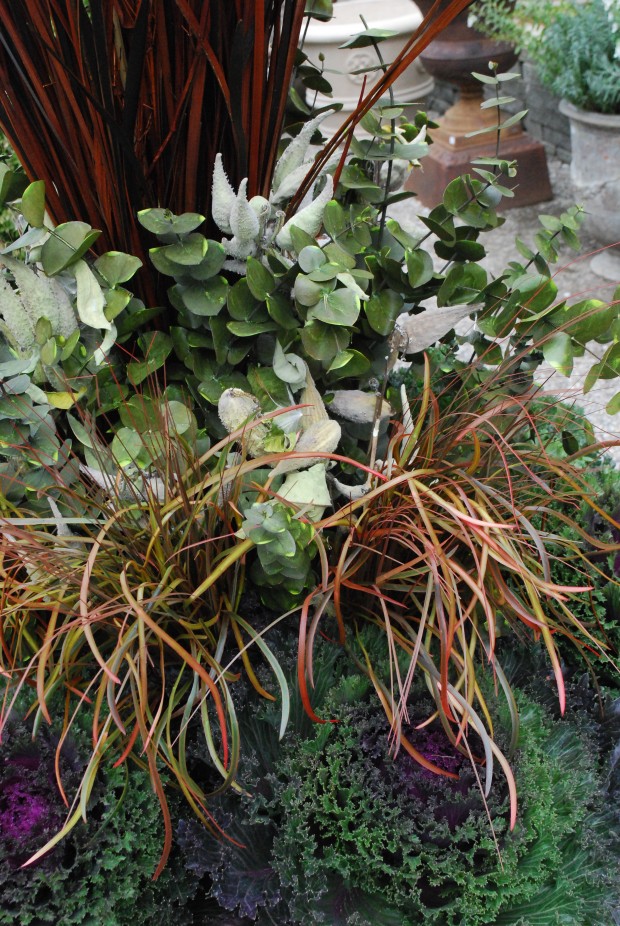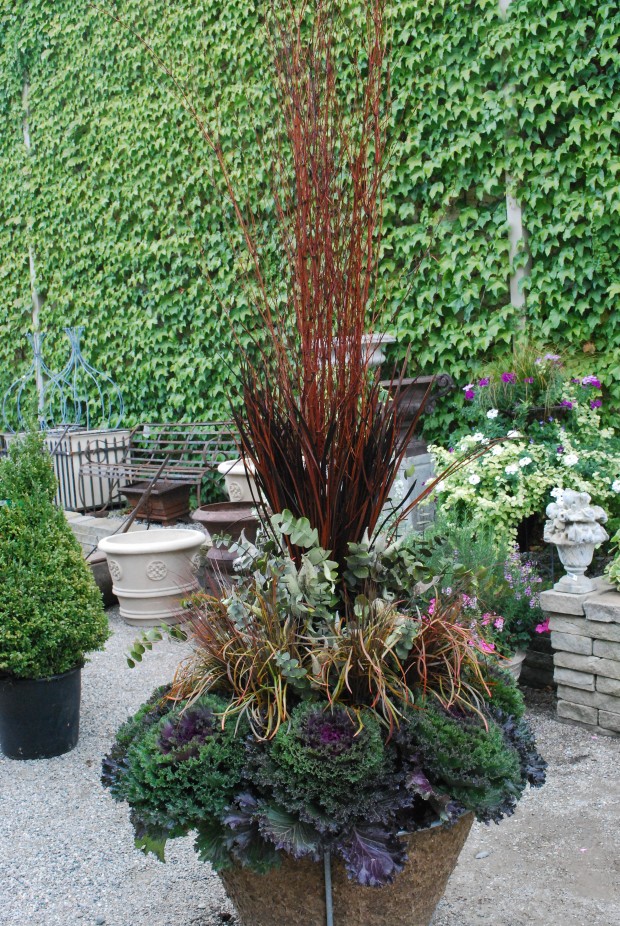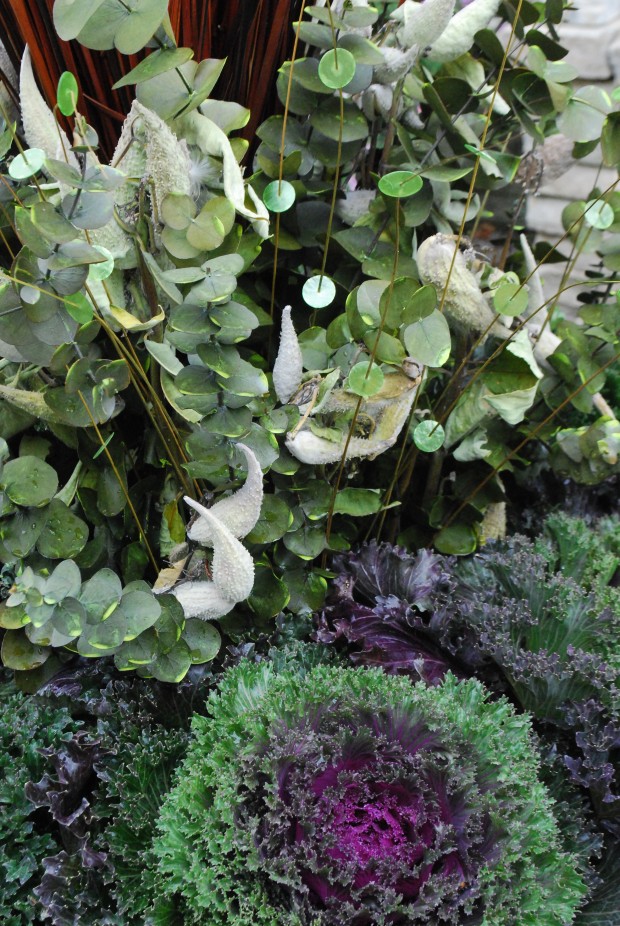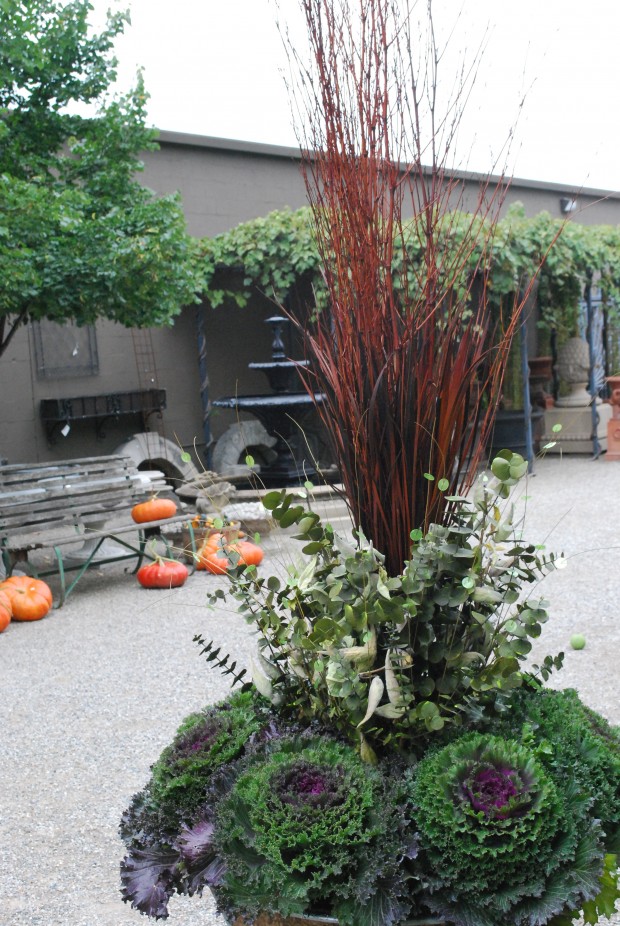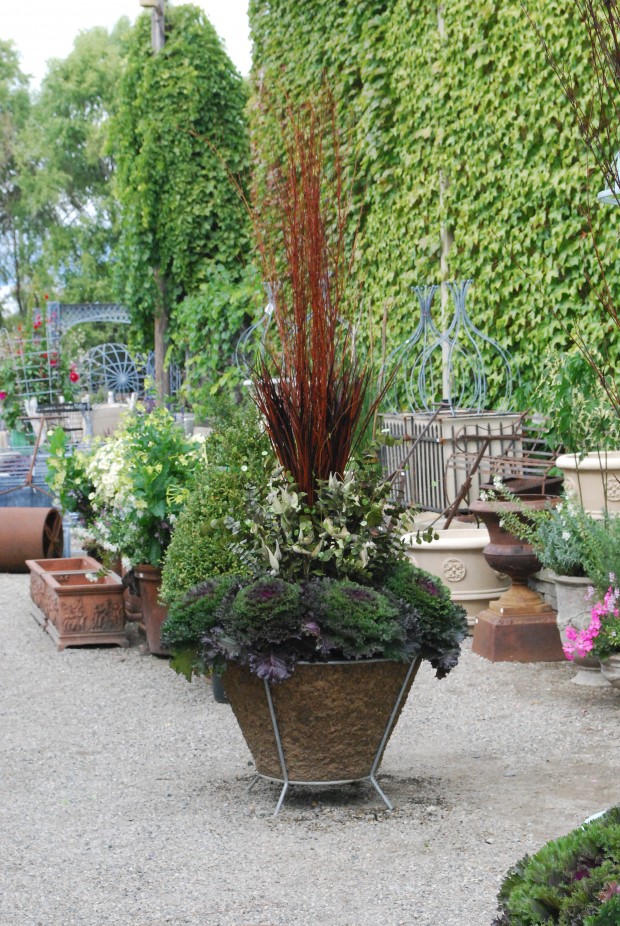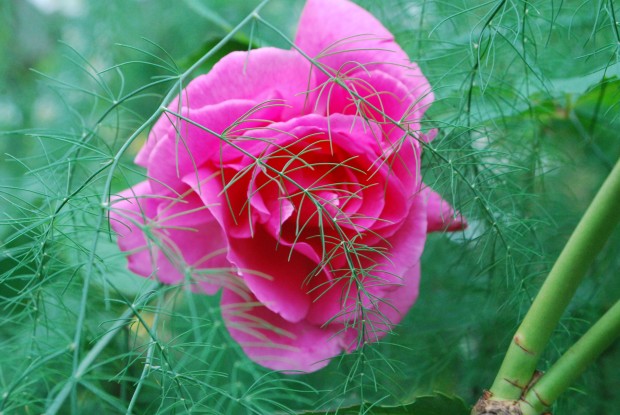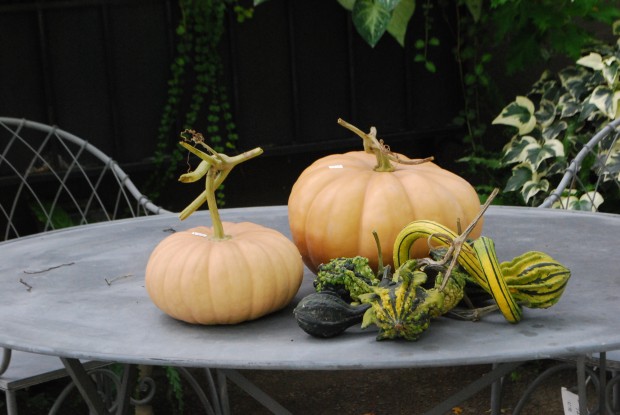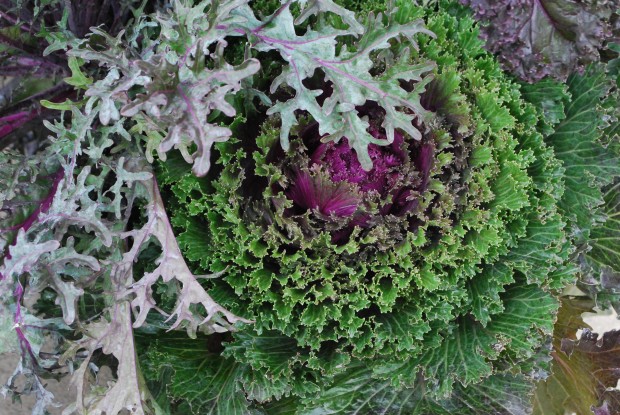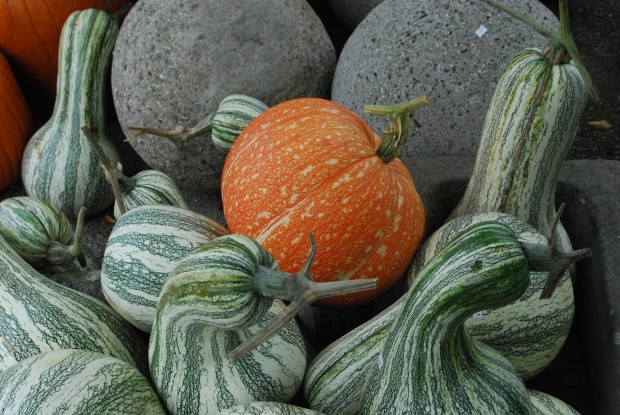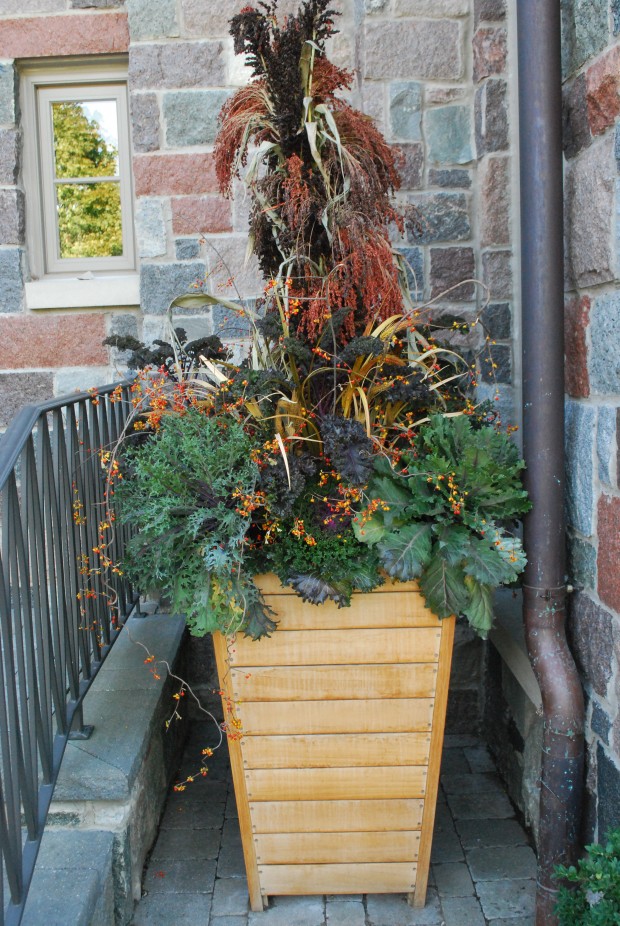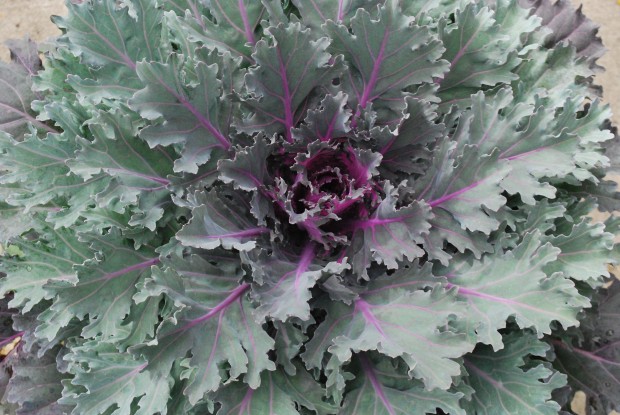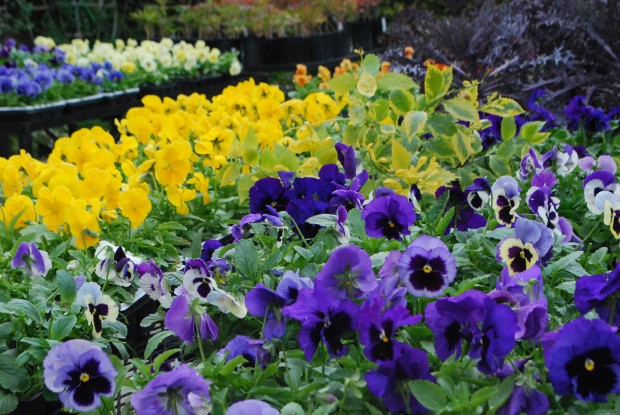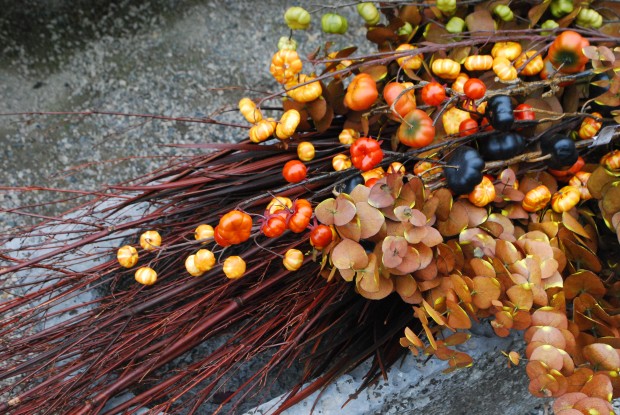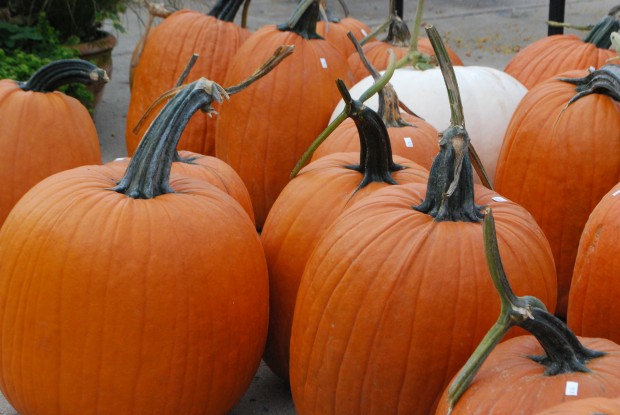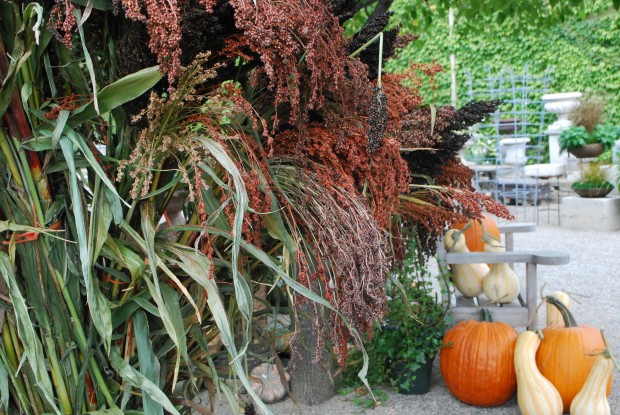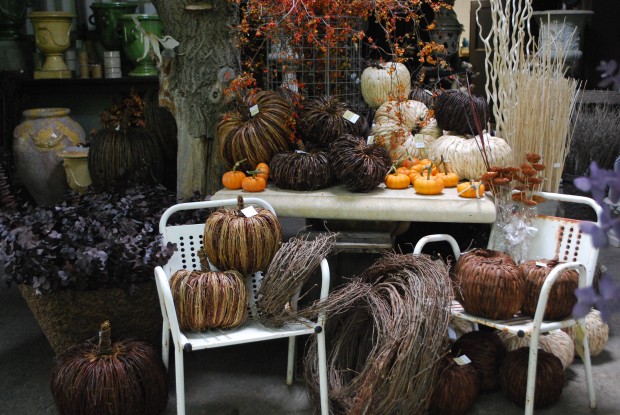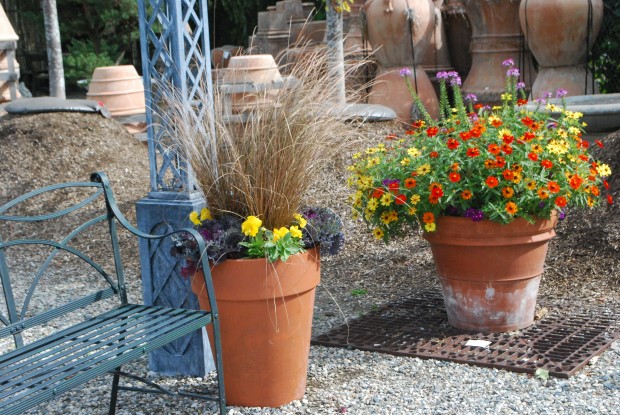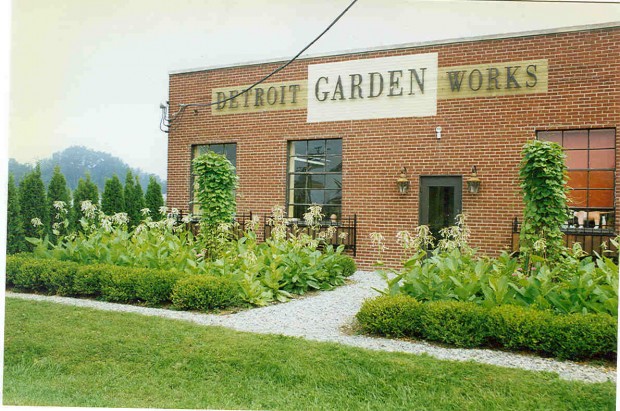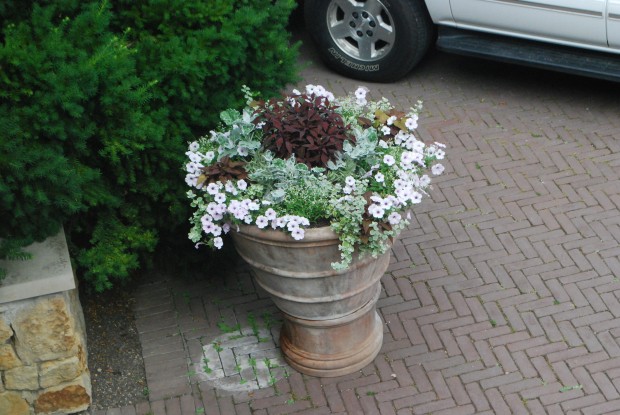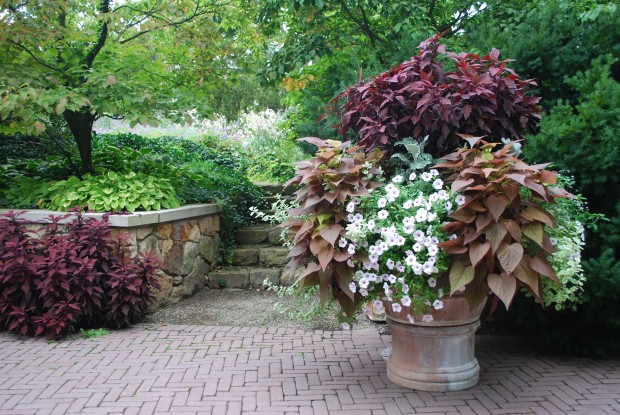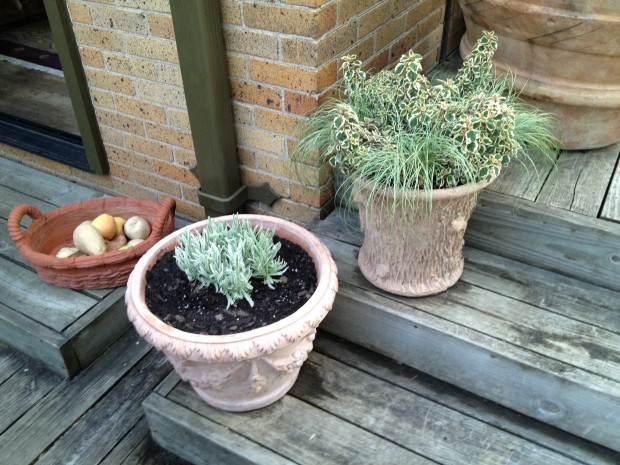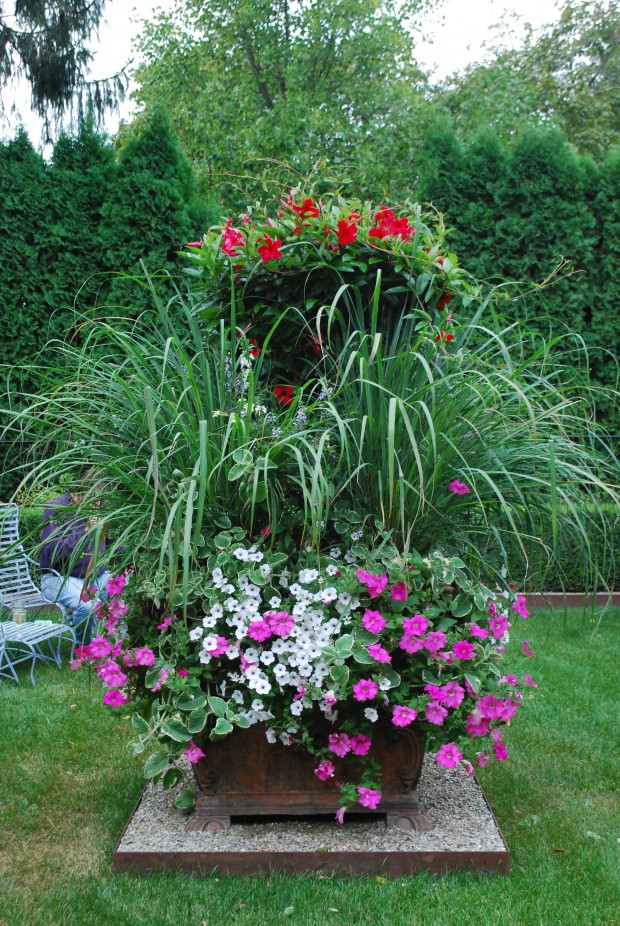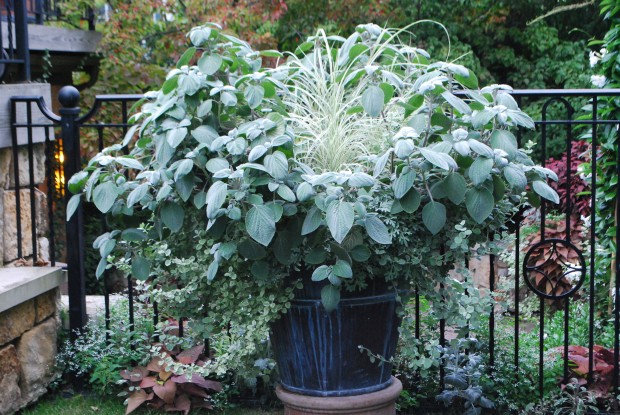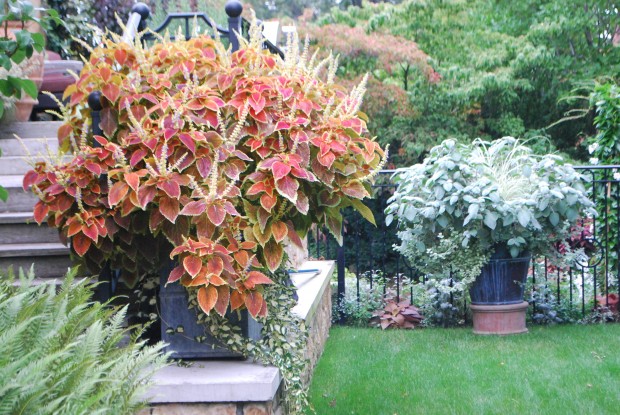When I first met Buck, he was head of technical design at Rossetti Architects. Though his usual gig involved sports stadiums and office buildings, he had designed, and was project managing a very large and involved residential project-some 5 years in the building. I had occasion to meet him, as I was responsible for the design and installation of the landscape.
I was also involved in the design of the conservatory, which was built by Tanglewood. There were a number of garden elements and ornament that got built over the course of three years. What I learned from Buck is that careful attention to the details makes the difference between an acceptable project, and a project that turns heads.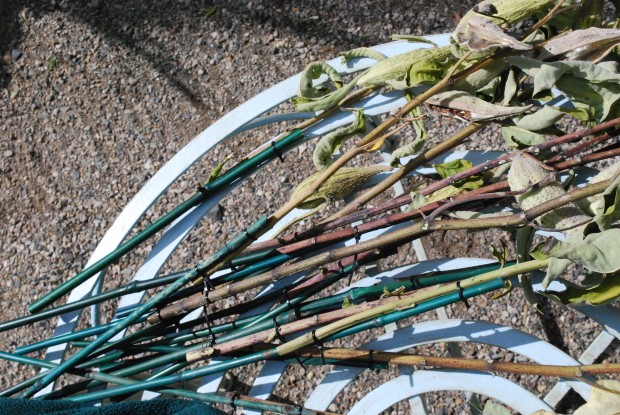
Most every day I would get an email from him-do you have a drawing for this detail? I did more drawing for him those three years than I have done before or since. But what I really learned from him-the devil is in the details. In designing this fall arrangement, I began with a great plant. Kale “Glamour Red” is the first All America plant selection in 78 years- the first new kale introduction since 1932. This is a detail that suggests this is a plant worth planting. Sometimes construction details can tell whether an idea will work, or not. I like my fall pots to look lush and sumptuous-after all, this is the season we associate with the harvest. The construction of a strong and sturdy fall container involves much more than the planting.
We may assemble a centerpiece of twigs and dried seed pods. That centerpiece gets zip tied together over a stout bamboo stake. A fall container centerpiece listing out of vertical detracts from the overall effect. Our bamboo stakes go way down into a container. The soil around that centerpiece gets compacted-with a mallet. Straight up and down-a detail that makes for a good result. We spotted a clump of green milkweed pods on the side of the road-they would make a great addition to this container arrangement.
A centerpiece may need lots of elements-especially if you are going for that sumptuous look. I like fall pots with loads of visual detail. Dried or preserved materials surrounding that centerpiece need a construction detail that enables you to place them wherever they look good. And most of all, a detail that helps them to stay put throughout the season.
The eucalyptus and butterfly weed seed pods-we attached each stem to a bamboo stake with a pair of zip ties. Natural materials are beautiful, but their stems do not have near the strength of a stake. Attaching natural stems to bamboo stakes is time consuming-but this construction detail makes the end result look more natural, and last longer. The frilly cabbage leaves cover the working part of the arrangement.
Preserved eucalyptus does have very strong stems. Should I strip off the lower leaves, I have a stem that I can stick into the the soil, at the angle that seems best. A detail worth noting here- preserved eucalyptus will keep its shape and color a very long time-even outdoors. The variety of colors and textures available can add so much to a fall arrangement.
Faux fall grasses-I will confess that I buy them and have them available. The palette of plants that thrive in cool fall temperatures is somewhat limited. Adding roadside weeds, pumpkins and gourds, preserved materials, dried sticks and seed pods, and even plastic grass stems in a fall pot is much like adding a little jewelry to a black dress.
I looked over this fall planting a number of times. I kept coming back to it. Is this the best I could do? The best always involves attention to the details. Finally, I decided the faux grass seemed a little to heavy. A container planting should never drag the eye down. It did give a sense of warmth and drama to the arrangement, but would something else be better?
Individual stems of ting with capiz shell circles-not a choice that would instantly come to mind. But why not try it? The stems have the grace and texture of grass. The whole arrangement looks looser, more airy. The green of the capiz shell discs brings out that luscious green in the kale.
Any move made by a gardener is all about the details. Personal details. This gesture, or that-very personal. The little details can transform an idea into a party. From a distance, the overall impression is generous in scale and harmonious in color.
At this point in the making of a fall arrangement, a single detail added or subtracted can dramatically change the visual effect of the whole. A detailed construction means the pot will look good throught the fall. A visual detail says much about what you personally think is good looking.
I am sure that the other member of the Garden Designers Roundtable have interesting and individual ideas about the role that detail plays in good design-check them out!
Susan Cohan : Miss Rumphius’ Rules : Chatham, NJ
Lesley Hegarty & Robert Webber : Hegarty Webber Partnership : Bristol, UK
Debbie Roberts : A Garden of Possibilities : Stamford, CT
Christina Salwitz : Personal Garden Coach : Renton, WA
Scott Hokunson : Blue Heron Landscapes : Granby, CT
Rebecca Sweet : Gossip In The Garden : Los Altos, CA




